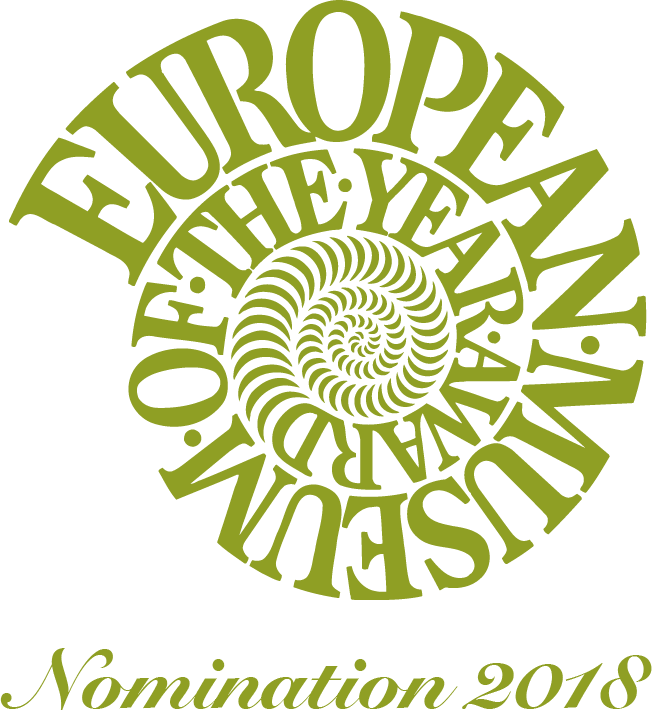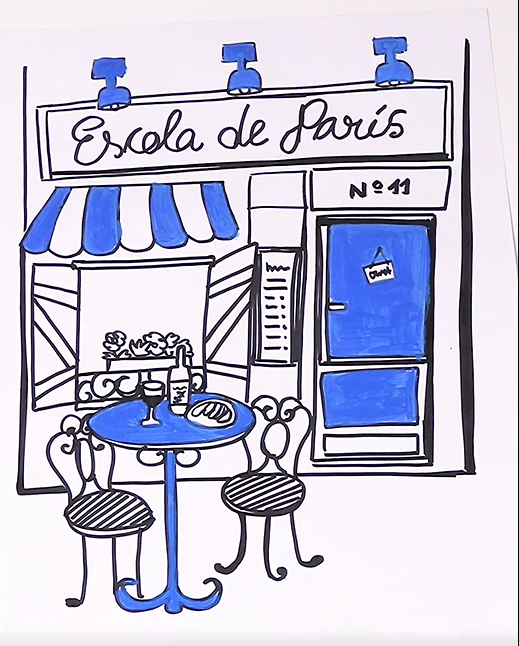Paris at the beginning of the twentieth century is considered the symbol of artistic cultural internationalism and Montmartre is its beating heart. With its unprecedented economic stability and total freedom of expression, Paris was, at that time, free of political repression. As the epicentre of modernity, it also welcomed new professions such as gallery owners and art dealers, who brought the most modern styles to the fore. This led to the rise of future avant-garde legends such as Picasso, Chana Orloff, Chagall and Modigliani.
In short, the Paris of the Belle Epoque can be defined as a ferment of cultures through which any expression becomes possible. Although the French capital was home to many artistic institutions and academies, the equivalent of this creative and bohemian effervescence was certainly the famous Ecole de Paris.
This term, first used in 1925 by the art critic André Warnod in the newspaper Comoedia, does not refer to a movement or style, but rather to the wave of painters, sculptors, musicians, writers, photographers or dancers, French and foreign, who came to the French capital to take their place in the history of modern art. Mainly found in the cafés and cabarets of Montmartre or Montparnasse, this is where movements such as Fauvism, Cubism or Surrealism emerged.
Synonymous with pluralism of styles, all these members developed profoundly different and singular styles, guided mainly by the desire to break away from French academic norms as well as those of their country of origin.



